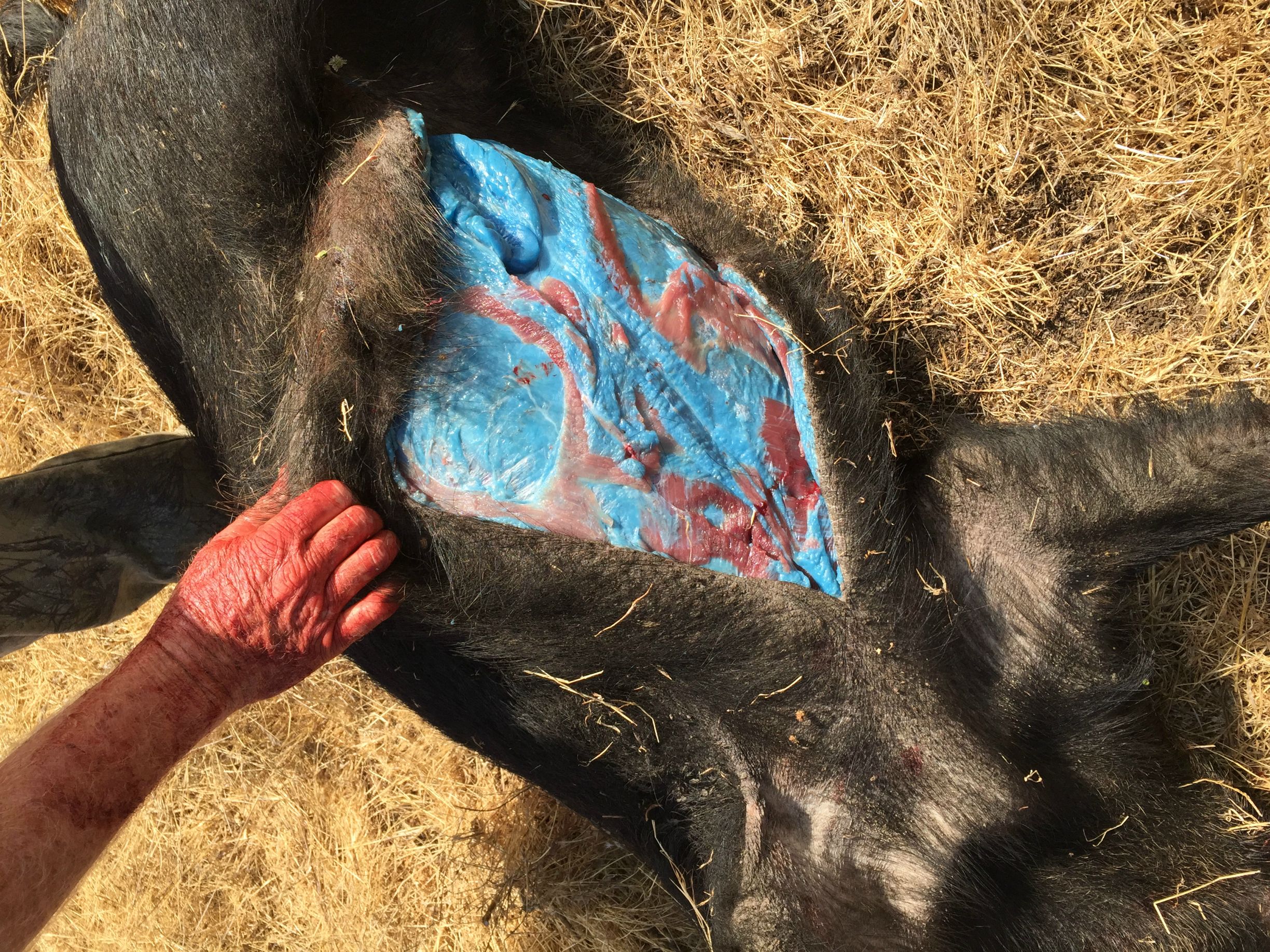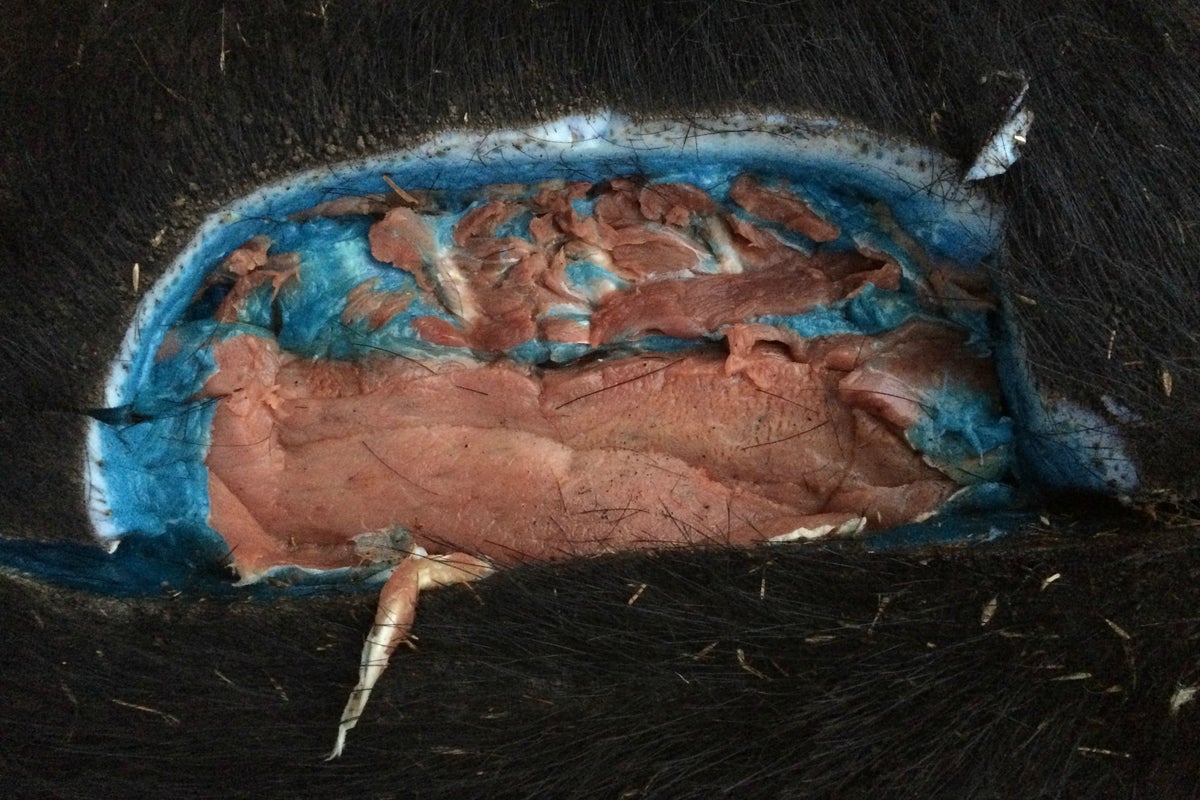Your support helps us to tell the story
From reproductive rights to climate change to Big Tech, The Independent is on the ground when the story is developing. Whether it’s investigating the financials of Elon Musk’s pro-Trump PAC or producing our latest documentary, ‘The A Word’, which shines a light on the American women fighting for reproductive rights, we know how important it is to parse out the facts from the messaging.
At such a critical moment in US history, we need reporters on the ground. Your donation allows us to keep sending journalists to speak to both sides of the story.
The Independent is trusted by Americans across the entire political spectrum. And unlike many other quality news outlets, we choose not to lock Americans out of our reporting and analysis with paywalls. We believe quality journalism should be available to everyone, paid for by those who can afford it.
Your support makes all the difference.Read more
Californian authorities have issued warnings after trappers once again reported finding wild pigs with “bright blue” flesh.
The California Department of Fish and Wildlife said it had received reports of the bizarre occurrence in March, and that the phenomenon is a sign that the animals have been poisoned.
“It’s wild,” Dan Burton, owner of Urban Trapping Wildlife Control, who first reported the oddly coloured flesh, told The Los Angeles Times. “I’m not talking about a little blue… I’m talking about neon blue, blueberry blue.”
A statement issued by the CDFW last week said that wild pigs in the Monterey County area had been exposed to pesticide bait containing the anticoagulant rodenticide Diphacinone, a poison that prevents blood from clotting and causes internal bleeding in rodents, ultimately killing them.
Blue tissue and flesh can be a sign of rodenticide ingestion, which can occur by eating bait – which often contain dye to identify them as poison – or other animals that have ingested the substance, the department said.

open image in gallery
Californian authorities have issued warnings after trappers again reported finding wild pigs with ‘bright blue’ flesh. Another instance of the phenomenon was reported in 2015 by Imgur user GlendilTEK (GlendilTEK/imgur)
However, such blue discoloration may not always be present even in contaminated flesh.
“Hunters should be aware that the meat of game animals, such as wild pig, deer, bear and geese, might be contaminated if that game animal has been exposed to rodenticides,” said CDFW Pesticide Investigations Coordinator Dr. Ryan Bourbour.
“Rodenticide exposure can be a concern for non-target wildlife in areas where applications occur in close proximity to wildlife habitat.”

open image in gallery
Blue tissue and flesh can be a sign of rodenticide ingestion, which can occur by eating bait – which often contains dye to identify them as poison – or other animals that have ingested the substance, according to the California Department of Fish and Wildlife (GlendilTEK/imgur)
open image in gallery
A 2018 study of anticoagulant rodenticide exposure in game animals across California found anticoagulant rodenticide residue in just over 8 percent of the wild pig tissue samples collected largely from animals that were frequenting agricultural or residential areas where rodenticides are commonly/more likely to be utilized (GlendilTEK/imgur)
The emergence of blue pigs in California is not the first occurrence of the phenomenon. In September 2015, Imugur user GlendilTEK posted a series of images online titled “The Weird Pig” which were ultimately found to also have been poisoned with rodenticide.
In addition, a 2018 study of anticoagulant rodenticide exposure in game animals across California found anticoagulant rodenticide residue in just over 8 percent of the wild pig tissue samples collected largely from animals that were frequenting agricultural or residential areas where rodenticides are commonly/more likely to be utilized.
The same study found that 83 percent of the bear tissue samples contained the poison.
